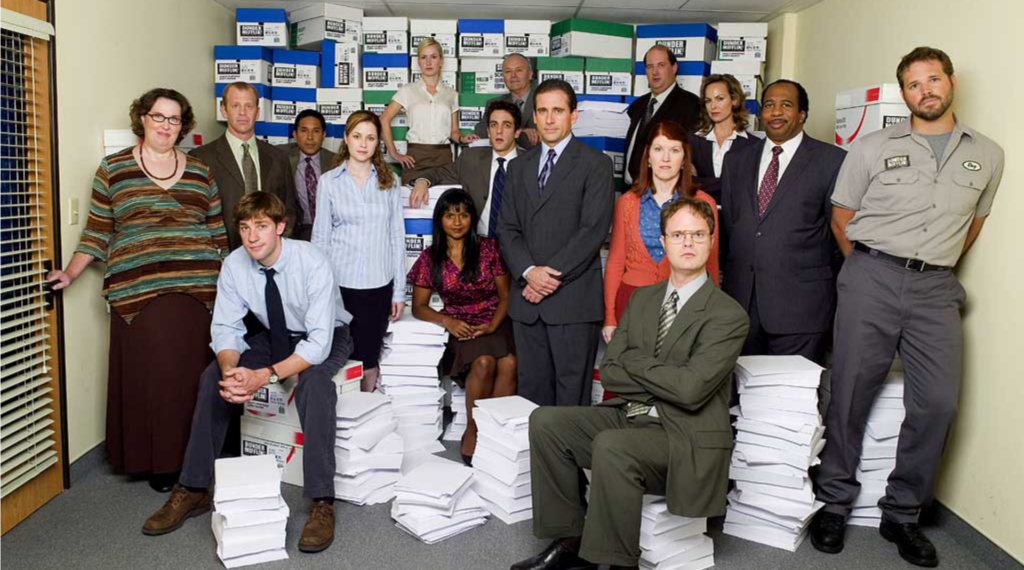
As designers of both print and the web, most of our professional responsibilities seem to revolve around aesthetic decisions – which typeface will look most legible at this resolution, or which color scheme will effectively draw the eye of our audience.
But an oft-overlooked aspect of the job involves effectively communicating and collaborating with clients, who are truly the lifeblood of any marketing industry. Depending on the day, a designer may have to play the role of psychologist, motivator, or even soothsayer to ensure that the client’s goals are successfully met in a creative project.
Unfortunately, no two clients have exactly the same personality or work style, which rules out any one-size-fits-all approach to client communication.
There are, however, several archetypes we can use to describe clients that may help us to better understand and communicate with our creative overlords.
Being an avid fan of the hit comedy series The Office, I sought to ascribe these personality traits to some of my favorite Dunder Mifflin employees as a means of establishing a common cultural experience and hopefully putting a light-hearted spin on the subject. With any luck, you’ve met or worked with some of these types of clients before, and could benefit from some new strategies in collaborating with them in the future.
The Stanley Hudson

Strengths: Relaxed in temperament and easy to work with. Will defer to your direction as the creative professional to keep things moving as smoothly as possible. May take a hands-off approach to communication to avoid disrupting your workflow.
Challenges: Will offer little in the way of direction early on in the process, but may become agitated when they don’t like something later on. May neglect your communications until there is an emergency, in which case they will expect a prompt response. Will require motivation to stay engaged in the project.
At first blush, working with this client will seem like a dream come true! They will seem contented with just about any piece of creative you present them with, and will generally leave you to your own devices. But at some point in the process difficult creative decisions will need to be made, and this client may not be present to ensure that they are made correctly. And their temperament will change on a dime when things start going wrong.
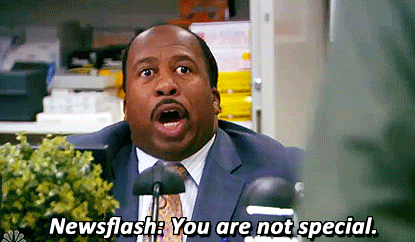
The key to working with this type of client is to motivate them to become an integral part of the creative process, and to hold them accountable when they don’t keep their end of the bargain. An absentee client may seem like the ideal situation for the overworked professional, but design is above all a collaborative problem-solving process – and it requires two active parties to truly be successful.
The Angela Martin
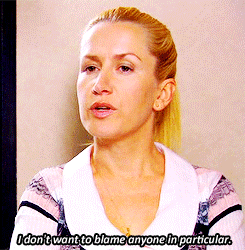
Strengths: Highly organized, efficient, and motivated. Will possess strong communication skills and a thorough knowledge of their field. Will take any steps necessary to ensure the success of the project.
Challenges: Will expect you to display competency early and often in the process. Regular communication and updates will be required to demonstrate sufficient progress. May become concerned or agitated by a lack of responsiveness or visible signs of progress.
Working on a project with this type of client can be a truly gratifying experience…or it can be an absolute nightmare, depending on your level of preparedness and organizational skills. Knowledge and competency are key, and this client will see right through any false bravado as clearly as a pane of glass. You will likely not have the chance to make a second impression if you go ahead and botch the first.
Setting expectations is an essential part of any creative project, and this applies doubly for this type of client. They are coming to you because they have faith in your abilities as a creative professional, so be sure to reward that faith with hard work, effective communication, and expert knowledge. Don’t expect this client to be impressed by your title alone; back up your words with action and you will build the trust necessary for a successful relationship.
The Michael Scott
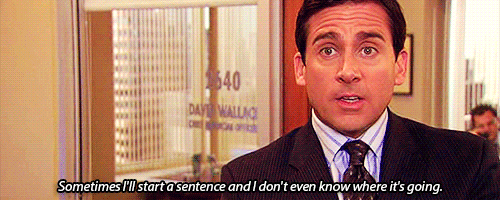
Strengths: A big-picture thinker with a nearly endless supply of ideas. Will approach any project with enthusiasm and an eagerness to please. Can push you outside of your comfort zone and encourage you to think in new and unexpected directions.
Challenges: May find it difficult to communicate their vision to a third party. Will often seem unsure of what they want, but will tell you what they don’t like when they see it. May become defensive if they feel as if their input is not being represented in the final product.
A Michael Scott client can bring out the best in a creative professional just as easily as they can bring out the worst. Their imagination and enthusiasm can be infectious, but their lack of focus and structure can bog down a project and frustrate you to no end. Communication can also be a major concern with this type of client, especially if you find it difficult to relate to unconventional ways of thinking.
The first step to working with this type of client is to approach things from their perspective instead of your own. Try to focus on the big picture instead of the fine details, which will only serve to derail a project in the early stages. Once you have this frame of reference in place, begin to slowly curate the ideas you have collaborated on with the client until you find common ground. Be sure to keep some structure in place so that they do not stray too far from the task at hand!
The Phyllis Vance
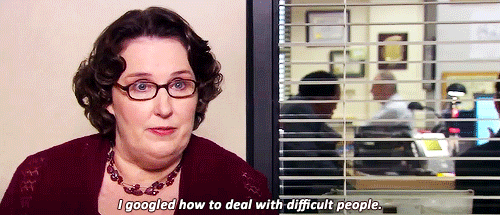
Strengths: Will approach any project with an open mind, and may be sympathetic to the challenges you face as a creative professional. Very collaborative by nature, and will work to ensure that everyone’s voice is given equal weight.
Challenges: Can be hesitant to make a final decision regarding the direction of a project, or may offer contradictory feedback as their opinions evolve over time. Will often feel it necessary to solicit the opinions of others (co-workers, friends, distant relations, etc.) which can result in a design-by-committee situation.
This type of client can bring along a lot of baggage in the form of various influencers that hold sway over their opinion. Whether it is their niece who knows graphic design or their co-worker who is a marketing whiz, you may find yourself having to cut through a lot of noise to truly understand this client’s wants and needs. Outside perspectives are a healthy and necessary part of collaboration, but we mustn’t allow them to paralyze us to indecision.
It is important to remind this type of client of their own experience and expertise, and to empower them to make informed decisions on their own. At the end of the day, the project will only be a success if it meets the client’s needs, so be sure to remind them of the project goals and how you intend to achieve them. It may help to facilitate the decision-making process by focusing on rudimentary details first and then moving on to more complex choices once a foundation has been established.
The Oscar Martinez
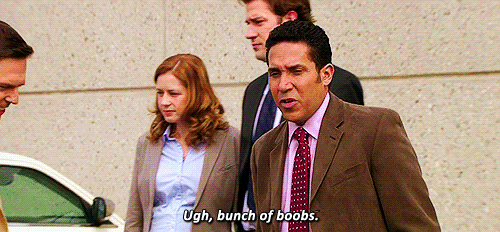
Strengths: A decisive thinker when it comes to matters of finance. Will adhere closely to the terms established in the original contract, and will expect any changes in scope to be accompanied by a corresponding change in pricing. Will be very realistic about their expectations for the project.
Challenges: Will have a hard time seeing the value in certain decisions unless they are spelled out in terms of return on investment. May be overly sensitive to changes in budget, even if they will result in an improved final product.
For the budget-conscious creative professional, working with this type of client can be a boon in that they will generally agree to very specific terms in the initial contract and will not try to drastically alter the scope of that agreement. On the other hand, sometimes unforeseen circumstances can necessitate a change in scope or price in the middle of a creative project, and those changes can be very hard to justify if the client can’t quantify their return on investment. Even worse, such a client may opt for a lower-cost competitor even if they will end up with an inferior product in the long run.
Education is key to working with this client. Be sure to explain the entire thought process that went into each creative decision, and illustrate the value of your work by suggesting how it might grow the client’s business in the future. A $15,000 e-commerce website might seem prohibitively expensive at face value – particularly for a client that is not familiar with the value of such work – but if that site can sell even a few more $3,000 stereo systems than the client is currently selling, then the return on investment becomes clear.
All too often, designers tend to view their client interactions through a very narrow lens.
They characterize clients as “difficult” or “impossible” when they have a hard time coming around to their point of view (just Google the term “Clients from Hell” to see what I mean). While it is true that some clients are more challenging to work with than others, it is still part of our job as creative professionals to bridge those differences as effectively as we can. Being able to empathize with and understand contrary perspectives is an essential skill in design as well as life, so get as much practice as you can!
